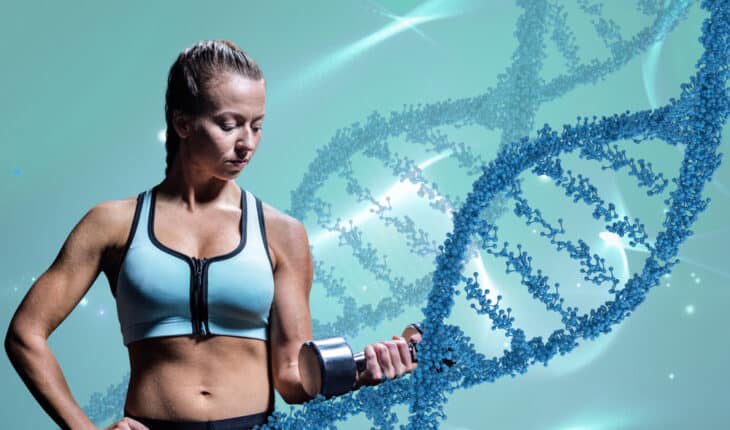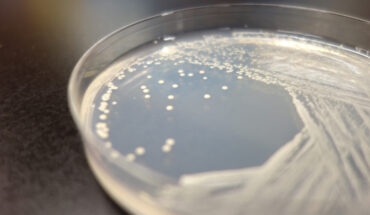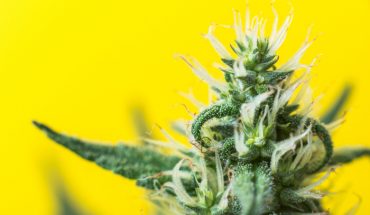Researchers have identified a gene, namely C18ORF25, that promotes muscle strength when switched on by physical activity, unlocking the potential for the development of therapeutic treatments to mimic some of the benefits of working out.
Published in Cell Metabolism, the University of Melbourne-led study showed how different types of exercise change the molecules in our muscles, resulting in the discovery of the new C18ORF25 gene that is activated with all types of exercise and responsible for promoting muscle strength. Animals without C18ORF25 have poor exercise performance and weaker muscles.
Project lead Dr Benjamin Parker said by activating the C18ORF25 gene, the research team could see muscles become much stronger, without them becoming necessarily bigger.
“Identifying this gene may impact how we manage healthy aging, diseases of muscle atrophy, sports science and even livestock and meat production. This is because promoting optimal muscle function is one of the best predictors of overall health,” Dr Parker said.
“We know exercise can prevent and treat chronic diseases including diabetes, cardiovascular disease and many cancers. Now, we hope that by better understanding how different types of exercise elicits these health promoting effects at the molecular level, the field can work towards making new and improved treatment options available.”
In the study, a collaboration between Dr Parker and Professors Erik Richter and Bente Kiens of the University of Copenhagen, Denmark, the team were able to identify the molecular similarities and differences between different types of exercise in human muscle biopsies by analysing proteins and how they change within cells.
“To identify how genes and proteins are activated during and after different exercises, we performed an analysis of human skeletal muscle from a cross-over intervention of endurance, sprint and resistance exercise,” Dr Parker said.
The experimental design allowed researchers to compare signalling responses between the exercise modalities in the same individual, relative to their pre-exercise level. This meant they could monitor how an individual responded to different types of exercise directly in their muscles.
Importantly, it also allowed the study team to identify genes and proteins that consistently change across all individuals and all types of exercise, leading to the discovery of the new gene.
This work was funded by the Australian National Health and Medical Research Council project grant (APP1122376), a Diabetes Australia grant, a University of Melbourne Driving Research Momentum Grant, and a NHMRC Emerging Leader Investigator Grant (APP2009642) to Dr Benjamin Parker.
- Gut microbiome could delay onset of type 1 diabetes - 3rd April 2025
- The da Vinci 5 Robot Is Set To Transform Bariatric Care: - 31st March 2025
- Beyond money: the hidden drivers fuelling child food insecurity - 31st March 2025






